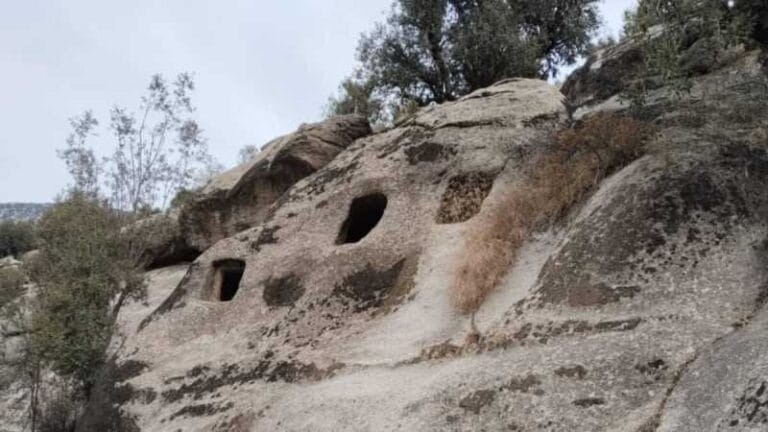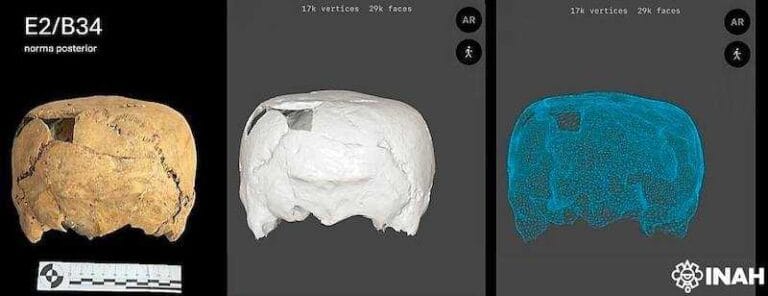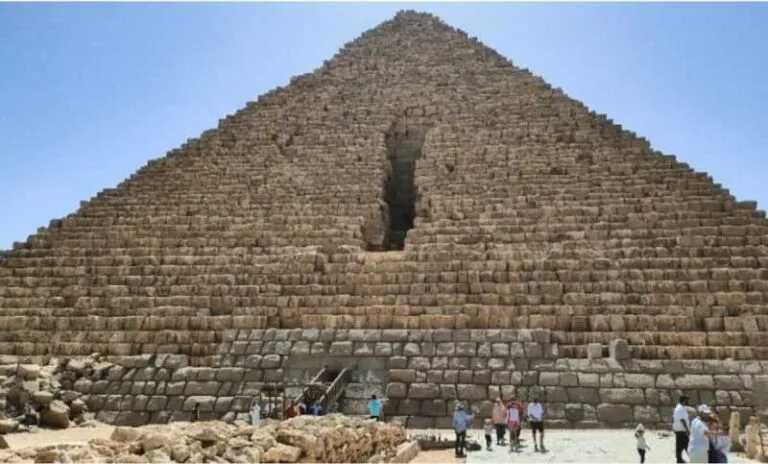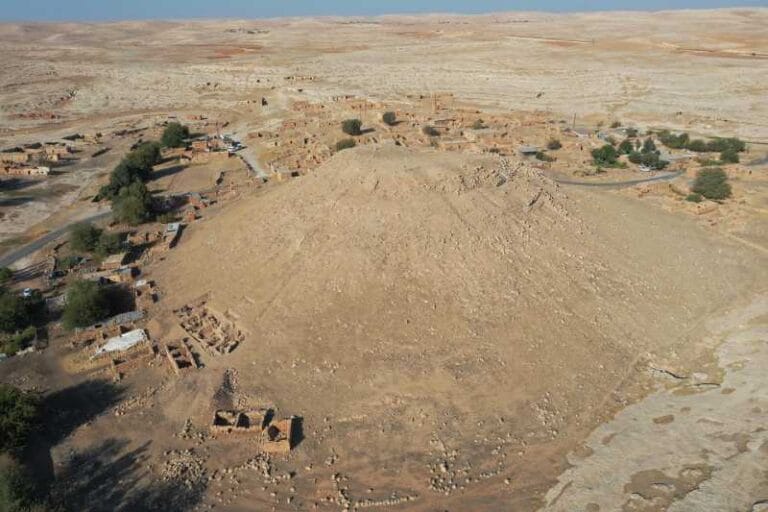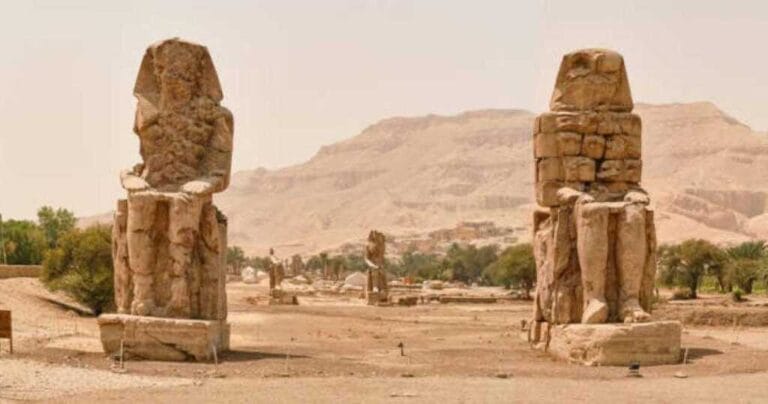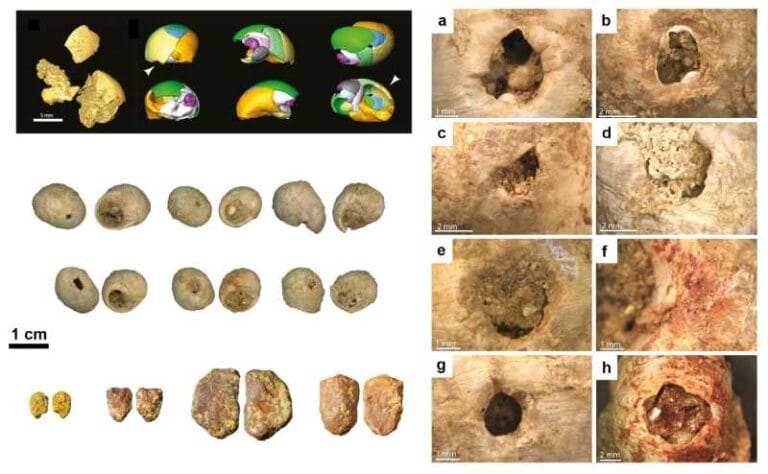Discovery Reveals the World’s Oldest Acupuncture Needles.

A set of fragmented metal needles unearthed from the tomb of the Marquis of Haihun in eastern China has been identified as the earliest known example of steel acupuncture needles. The discovery, reported by the Global Times, highlights the technical sophistication of traditional Chinese medicine as early as the Western Han Dynasty (206 BCE–25 CE).
The needles were stored in a jade tube, which was kept inside a gold-lacquered box placed beside the remains of Liu He — a deposed former emperor who was given the title Marquis of Haihun after losing the throne. According to the archaeologists leading the excavation, the set was damaged and covered with decomposing textile remains.
“At least five needle fragments were visible inside the broken section of the jade tube. Only one could be fully removed; the rest remained embedded, with traces of decayed fabric still clinging to them,” explained Yang Jun, head of the excavation team, in an interview with the Global Times.
The researchers chose not to force the removal of the more fragile fragments, prioritizing their preservation. However, laboratory analysis allowed them to identify both the material and the manufacturing technique used: steel produced through a process known as “frying,” one of the earliest known methods of steelmaking. The needles measure between 0.3 and 0.5 millimeters in diameter — similar to the size standard of modern acupuncture needles.

An additional detail helped confirm the original use of the artifacts. Near the tube, a small wooden plaque was found with the inscription “Nine Complete Needles,” a phrase that appears in ancient Chinese medical treatises.
“This definitively identifies them as one of the types of ‘Nine Needles’ described in ancient medical texts,” said Wang Chuning, a doctoral student at Peking University, according to the Xinhua news agency.
The composition of the needles also impressed experts. The use of steel allowed advances that other materials could not guarantee at the time. “Iron needles rust easily, which increases the risk of infection. Gold or silver needles, on the other hand, are very soft and difficult to manufacture at this thickness,” explained Zhou Qi, a researcher at the Chinese Academy of Medical Sciences.
For Gu Man, director of the same institution, the discovery is a watershed moment in the history of Chinese medicine. “This is the oldest physical evidence of steel medical needles in China,” she told Global Times. According to her, the mastery of the technique of steel “frying” at that time shows that the ancients were already applying metallurgical innovations to the production of medical instruments. “This advancement in materials science directly propelled the evolution of acupuncture instruments and the progress of medical practice itself,” she added.
The tomb of the Marquis of Haihun, located on the outskirts of Nanchang, is considered one of the most significant archaeological discoveries in China in recent decades. In addition to medical objects, the site revealed hundreds of relics made of jade, bronze, gold, and wood, shedding new light on aristocratic life and scientific knowledge during the Han dynasty.

